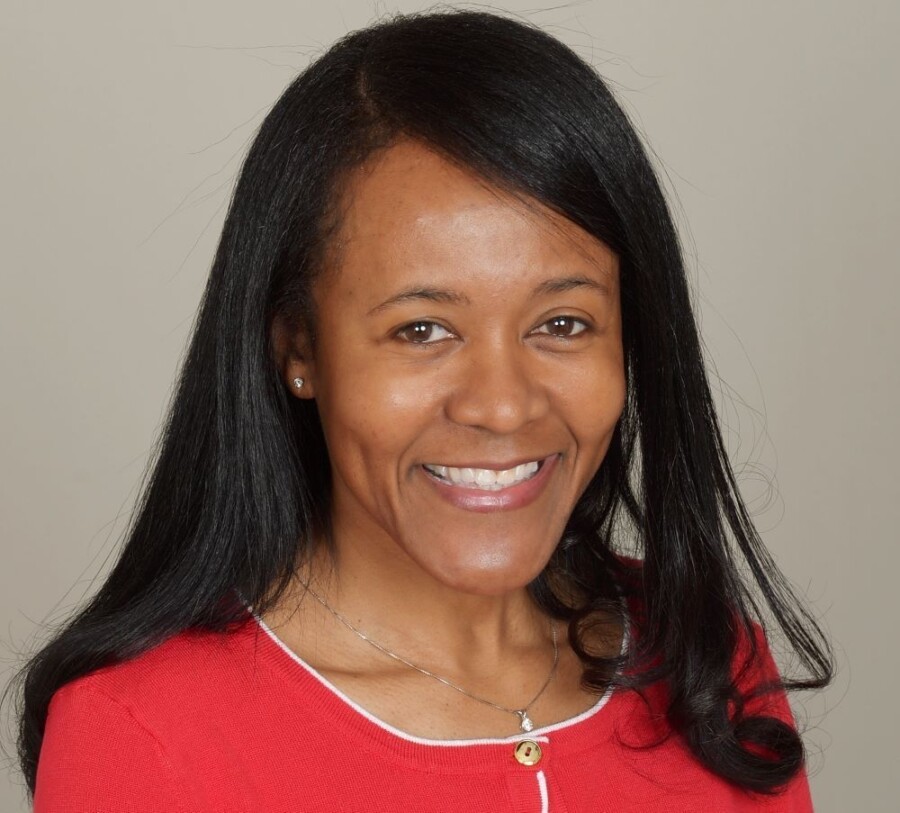
When we consider ESG (Environmental, Social, and Governance) programs and their relevance for our operations, the initial thought is climate change and reducing greenhouse gas emissions; however, today, let's focus on the Governance aspect for a moment and what that means for those connected to SAP.
When a company is operating well, demonstrates quality and timeliness in its decisions, has a defined structure to governance, and distributes responsibilities across different stakeholder groups to positively impact society and mitigate risks, we then might say, "Yes, this company is on track" with the "G" in ESG. The challenge is how do you measure this, and how does this align with your employee factors that drive success? How does SAP support the collection and reporting effort for the intangibles associated with how the resources “feel” about your company culture? Is there an opportunity to use your business transformation initiatives to add transparency to the data and use it to drive change in the organization?
Let's examine a real-life "human factor" experience that offers opportunities to study one intent of the governance pillar.
During a recent meeting, we posed a question to the group about one of SAP’s process mining tools, Signavio.
We asked, “What if we could show you the true execution time associated with this key business process, and if you knew the specific process bottlenecks, how might that drive changes in your process and for your team?”
The answers were interesting and varied according to the different roles in the organization.
One resource yelled out, “Well, that will never happen…you know who will never let that change get implemented”.
Another response was, “If we take this data to the Steering Committee, then surely they will let us make this change….after all, we were told that we were empowered to make decisions on the program”.
And one final response was, “There is no way that information is accurate; if this process really took this long, then we would be losing money and experiencing more customer complaints."
We received excellent insights and information to work with and further probe into these differing opinions.
Some of the leaders in the room encouraged further dialogue and explored the different reactions and feedback.
As we observed the exchange happening in the room, I noticed something significant in the interactions and tones of dialogue:
- Even though the opinions were not aligned, the discussion was intense and revealing.
- Everyone felt safe to share thoughts and ideas without fear of retaliation or severe criticism for having a different outlook.
- There was no pressure to conform to one idea in this open discussion but to understand the perspectives to set our base for driving organizational change.
Once the discussion ended, we defined the next steps and agreed on a mutually acceptable course of action to reduce company exposure and ensure customer satisfaction.
Wow! What a moment.
Who would have thought these resources with differing opinions at the start could align on a game plan? We realized this was the "G" pillar in action. It was being demonstrated clearly before our eyes. This company showed that their employees actually have the ability to influence positive change and mitigate risks as part of their corporate culture. The ability to document and measure this to score higher on the “G” pillar was not the point. It is the demonstration of the behaviors in daily employee interactions to value differing perspectives and opinions without applying pressure tactics to drive change. This enabled the group to rally around a common goal that has resulted in a successful outcome for their growth and viability as an entity.
As leaders, it is important to check ourselves daily to ensure that we are demonstrating behaviors that allow impactful and transparent conversations to understand perspectives, value differences in processing information, and accept that it may take work to get everyone aligned. This isn’t something that can be forced if you want to retain your top talent and brightest minds.
Kimberley Reid is VP of Digital Enterprise, SAP Solutions for Hitachi Vantara. She continues her people focused commentaries for ASUG Executive Exchange. Reid draws on everyday technology, project, people, and leadership experiences of her career. She plans a forthcoming book based on these experiences and reflections.